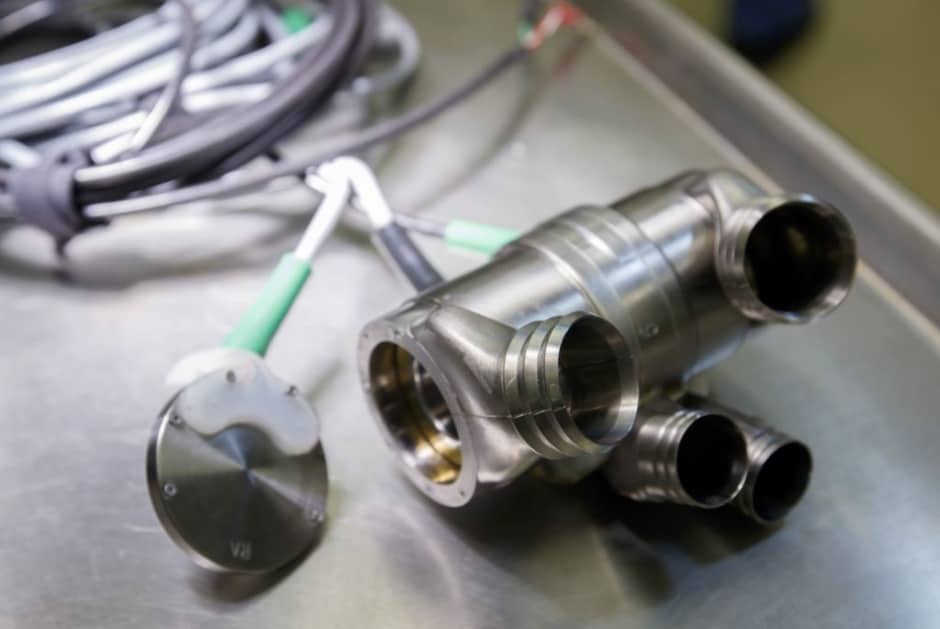Simple and robust design offers potential for permanent artificial heart
The world’s first total artificial heart is designed to replace failing hearts in adults and older children, potentially filling a gap left by a scarcity of organs for transplant
Engineers from Oregon Health and Science University in Portland, where artificial heart valves were first pioneered, have designed what they hope will be the first permanent total artificial heart. Artificial hearts are currently seen as a temporary solution for people who are awaiting a heart transplant, because they have a tendency to cause blood clots and, because their pumping action is very different from the natural organ, can even damage the cells within the blood itself.

While heart transplants are now well established, there is a permanent shortage of organs for transplant and waiting lists are long. According to OHSU, there are 4000 people on heart transplant waiting lists in the US, but only 3400 hearts were transplanted in 2017. In the UK, waiting lists have increased from 95 in 2008 to around 249 by the end of last year; but the rate of donations has not kept pace, with the British Heart Foundation saying that 127 organs were donated in 2008 and 199 in 2017. While campaigning continues for organ donation to be considered on an “opt out” basis, a practical artificial heart would be a literal lifeline for many people.
Register now to continue reading
Thanks for visiting The Engineer. You’ve now reached your monthly limit of news stories. Register for free to unlock unlimited access to all of our news coverage, as well as premium content including opinion, in-depth features and special reports.
Benefits of registering
-
In-depth insights and coverage of key emerging trends
-
Unrestricted access to special reports throughout the year
-
Daily technology news delivered straight to your inbox










National Gas receives funding to develop Gravitricity underground hydrogen storage system
One single rock salt mine - Winsford - has 23 <i>MILLION </i>cubic metres of void and even allowing for 10% of that void set aside for hazardous waste...